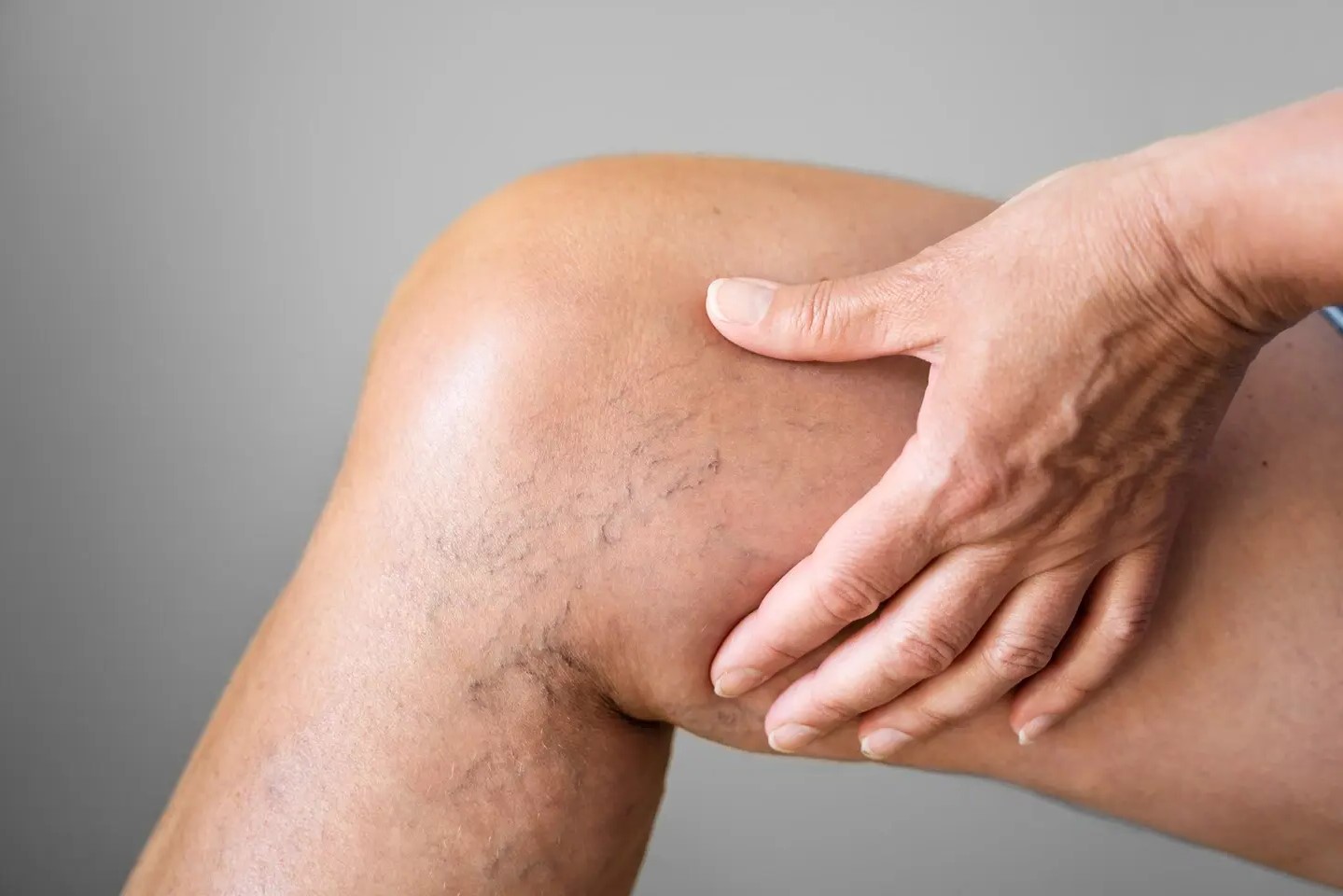
Ataxia is a condition that affects coordination, balance, and speech. Ever wondered what causes it or how it impacts daily life? Ataxia can result from damage to the cerebellum, the part of the brain that controls movement. This damage might be due to genetic mutations, head injuries, or diseases like multiple sclerosis. Symptoms often include clumsiness, unsteady walking, and difficulty with fine motor tasks. Imagine trying to button a shirt or walk in a straight line but feeling like you're on a shaky boat. Treatments focus on managing symptoms since there's no cure yet. Curious about more facts? Keep reading to learn 25 intriguing details about ataxia.
Key Takeaways:
- Ataxia is a neurological condition affecting coordination and balance. It's not a disease itself but a symptom of various underlying conditions, and there are different types and causes.
- While there's no cure for ataxia, treatments like physical therapy, medications, and assistive devices can help manage symptoms and improve quality of life. Support groups and a healthy lifestyle are also important for those living with ataxia.
What is Ataxia?
Ataxia is a neurological condition that affects coordination, balance, and speech. It can result from damage to the cerebellum, the part of the brain that controls muscle movement. Here are some intriguing facts about ataxia.
-
Ataxia is a Symptom, Not a Disease: Ataxia itself isn't a disease but a symptom of various underlying conditions, including genetic disorders, stroke, and multiple sclerosis.
-
Types of Ataxia: There are several types of ataxia, including cerebellar ataxia, sensory ataxia, and vestibular ataxia, each affecting different parts of the nervous system.
-
Genetic Ataxias: Some forms of ataxia are inherited. For example, Friedreich's ataxia is a genetic disorder that causes progressive damage to the nervous system.
-
Symptoms Vary: Symptoms of ataxia can vary widely, from mild clumsiness to severe difficulty with walking, speaking, and swallowing.
-
Age of Onset: Ataxia can affect individuals of any age, but certain types, like Friedreich's ataxia, often begin in childhood or adolescence.
Causes of Ataxia
Understanding what causes ataxia can help in managing and treating the condition. Here are some common causes.
-
Genetic Mutations: Many ataxias are caused by genetic mutations that affect the production of proteins necessary for normal brain function.
-
Brain Injury: Trauma to the brain, such as from a car accident or a fall, can lead to ataxia.
-
Stroke: A stroke can damage parts of the brain responsible for coordination, leading to ataxia.
-
Multiple Sclerosis: This autoimmune disease can cause ataxia by damaging the myelin sheath that protects nerve fibers in the brain and spinal cord.
-
Alcohol Abuse: Chronic alcohol abuse can lead to a form of ataxia known as alcoholic cerebellar degeneration.
Diagnosing Ataxia
Diagnosing ataxia involves a series of tests and evaluations. Here’s how doctors figure it out.
-
Neurological Exam: A thorough neurological exam can help identify the type and severity of ataxia.
-
Imaging Tests: MRI and CT scans can reveal abnormalities in the brain that may be causing ataxia.
-
Genetic Testing: For inherited forms of ataxia, genetic testing can confirm a diagnosis.
-
Blood Tests: Blood tests can help rule out other conditions that might be causing ataxia, such as vitamin deficiencies or infections.
-
Electromyography (EMG): EMG tests the electrical activity of muscles and can help diagnose nerve or muscle disorders contributing to ataxia.
Treatment Options for Ataxia
While there is no cure for ataxia, various treatments can help manage symptoms and improve quality of life.
-
Physical Therapy: Physical therapy can help improve coordination and balance.
-
Occupational Therapy: Occupational therapy can assist individuals in performing daily activities more easily.
-
Speech Therapy: Speech therapy can help those with ataxia improve their speech and swallowing abilities.
-
Medications: Certain medications can help manage symptoms like tremors, stiffness, and muscle spasms.
-
Assistive Devices: Devices such as walkers, canes, and communication aids can help individuals with ataxia maintain independence.
Living with Ataxia
Living with ataxia can be challenging, but there are ways to cope and thrive.
-
Support Groups: Joining a support group can provide emotional support and practical advice from others who understand what you're going through.
-
Healthy Lifestyle: Maintaining a healthy lifestyle, including a balanced diet and regular exercise, can help manage symptoms.
-
Regular Check-ups: Regular medical check-ups can help monitor the progression of ataxia and adjust treatments as needed.
-
Mental Health: Taking care of mental health is crucial. Counseling or therapy can help manage the emotional impact of living with ataxia.
-
Education and Awareness: Educating yourself and others about ataxia can help reduce stigma and improve understanding of the condition.
The Final Word on Ataxia
Ataxia, a condition affecting coordination and balance, can be life-altering. Understanding its causes, symptoms, and types is crucial for those affected and their loved ones. Genetic factors, neurological disorders, and environmental influences play significant roles in its development. Early diagnosis and treatment can improve quality of life, though there's no cure yet. Physical therapy, medications, and lifestyle changes help manage symptoms. Staying informed and seeking support from medical professionals and support groups can make a big difference. Knowledge empowers individuals to navigate challenges and advocate for better care. Keep learning, stay proactive, and remember, you're not alone in this journey.
Frequently Asked Questions
Was this page helpful?
Our commitment to delivering trustworthy and engaging content is at the heart of what we do. Each fact on our site is contributed by real users like you, bringing a wealth of diverse insights and information. To ensure the highest standards of accuracy and reliability, our dedicated editors meticulously review each submission. This process guarantees that the facts we share are not only fascinating but also credible. Trust in our commitment to quality and authenticity as you explore and learn with us.
